Lululemon - Lotte Main Branch [Tax Refund Shop] (룰루레몬 롯데 본점)
4.0Km 2024-04-23
3F, 81, Namdaemun-ro, Jung-gu, Seoul
-
Ralph Lauren Korea - Lotte Main Branch [Tax Refund Shop] (랄프로렌코리아 롯데지점)
4.0Km 2024-04-19
81, Namdaemun-ro, Jung-gu, Seoul
-
World Top Pharmacy - Lotte Main Branch [Tax Refund Shop] (월드탑약국 롯데본점)
4.0Km 2024-04-16
9F, 81, Namdaemun-ro, Jung-gu, Seoul
-
Lucenlee - Lotte Main Branch [Tax Refund Shop] (루첸리 롯데본점)
4.0Km 2024-06-26
81, Namdaemun-ro, Jung-gu, Seoul
-
Lotte Hotel Seoul (롯데호텔서울)
4.0Km 2021-05-31
30, Eulji-ro, Jung-gu, Seoul
+82-2-771-1000
Lotte Hotel Seoul is a first class hotel located in the heart of Seoul, offering outstanding services to guests. The hotel is equipped with over 1,015 guestrooms, restaurants and bars, grand conference halls and banquet halls, a fitness club, business center, hotel museum, Lotte Duty Free, and a variety of other facilities to accommodate guests. In 2018, the executive tower was upgraded, adding more luxury to the hotel.
Mugunghwa - Lotte Hotel Seoul (무궁화 롯데호텔서울)
4.0Km 2021-03-19
30, Eulji-ro, Jung-gu, Seoul
+82-2-317-7061
This Korean cuisine is located near Euljiro 1(il)ga Station, Seoul. The representative menu is Korean table d'hote. A restaurant serving Korean course meal menu recognized by MICHELIN.
La Seine - Lotte Hotel Seoul(라세느 롯데호텔서울)
4.0Km 2021-04-15
30, Eulji-ro, Jung-gu, Seoul
+82-2-317-7171
This buffet is located near Euljiro 1(il)ga Station, Seoul. The representative menu is buffet. It is located at a well-known hotel in Korea.
Mojji Cream (모찌크림)
4.0Km 2021-03-26
30, Eulji-ro, Jung-gu, Seoul
+82-2-772-3997
It is a Japanese-style dessert shop. This cafe is located in Jung-gu, Seoul. The representative menu is espresso.
YUKDAEJANG Myeongdong(육대장 명동)
4.0Km 2020-10-30
45, Myeongdong, 8na-Gil, Jung-gu, Seoul
+82-2-775-7555
This is a Korean cuisine located in Myeong-dong, Seoul. The representative menu is Spicy Beef Soup. The favorite store of office workers.
Myeongdonggil Sinsin (명동길신신)
4.0Km 2021-03-18
64, Namdaemun-ro, Jung-gu, Seoul
+82-2-772-9489
This is a Korean cuisine located in Myeong-dong, Seoul. Bulgogi with green onion is another famous offering. The representative menu is spicy braised beef short ribs.
![Lululemon - Lotte Main Branch [Tax Refund Shop] (룰루레몬 롯데 본점)](http://tong.visitkorea.or.kr/cms/resource/07/2890607_image2_1.jpg)
![Ralph Lauren Korea - Lotte Main Branch [Tax Refund Shop] (랄프로렌코리아 롯데지점)](http://tong.visitkorea.or.kr/cms/resource/26/2887926_image2_1.jpg)
![World Top Pharmacy - Lotte Main Branch [Tax Refund Shop] (월드탑약국 롯데본점)](http://tong.visitkorea.or.kr/cms/resource/35/2887935_image2_1.jpg)
![Lucenlee - Lotte Main Branch [Tax Refund Shop] (루첸리 롯데본점)](http://tong.visitkorea.or.kr/cms/resource/29/3313629_image2_1.jpg)
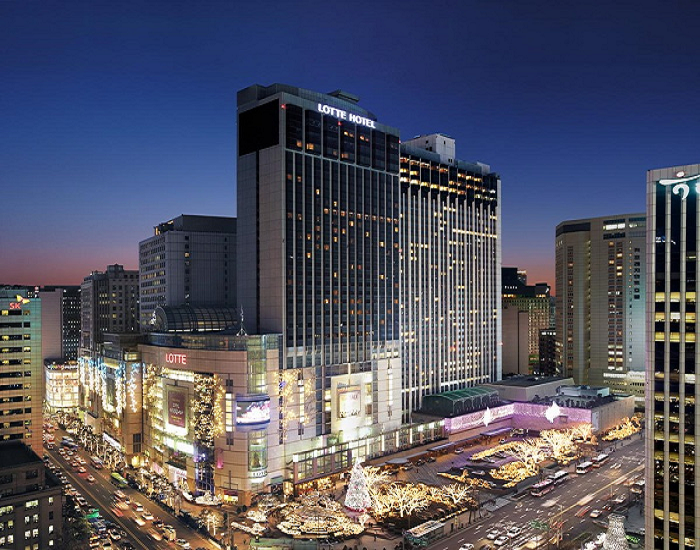
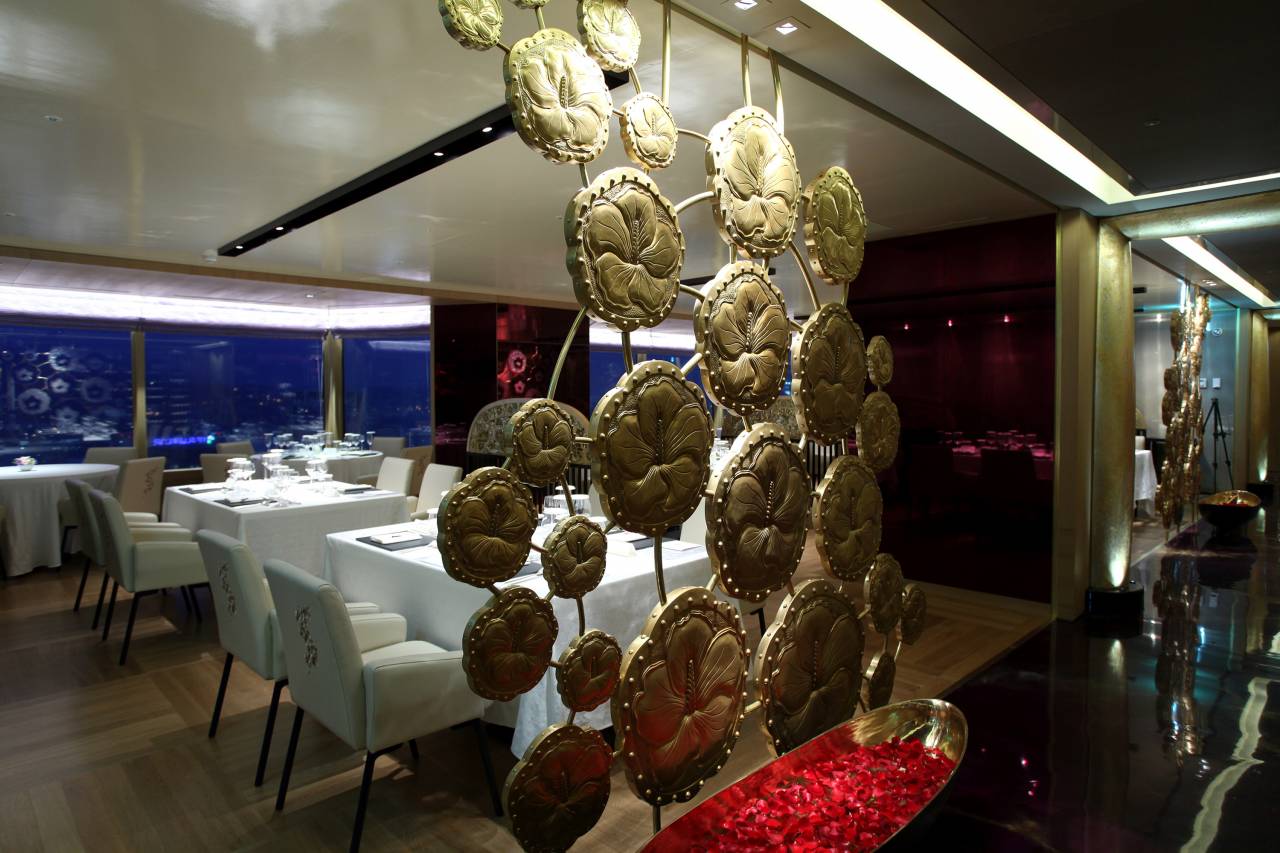
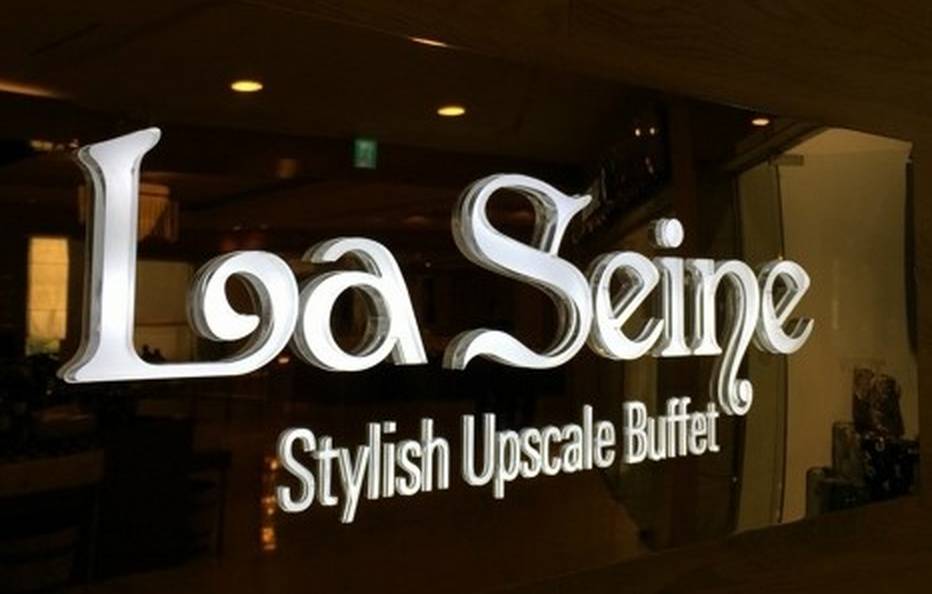
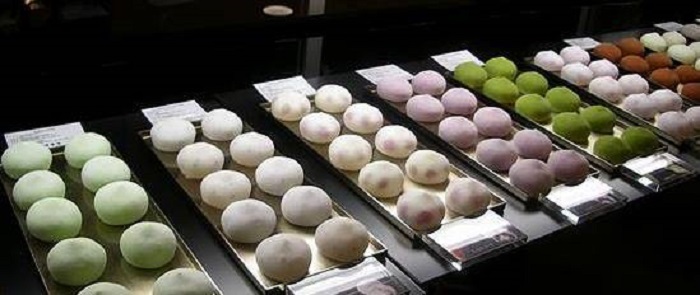
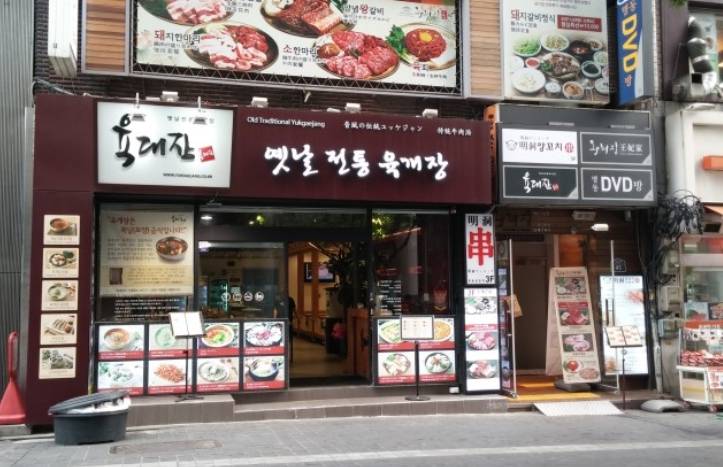
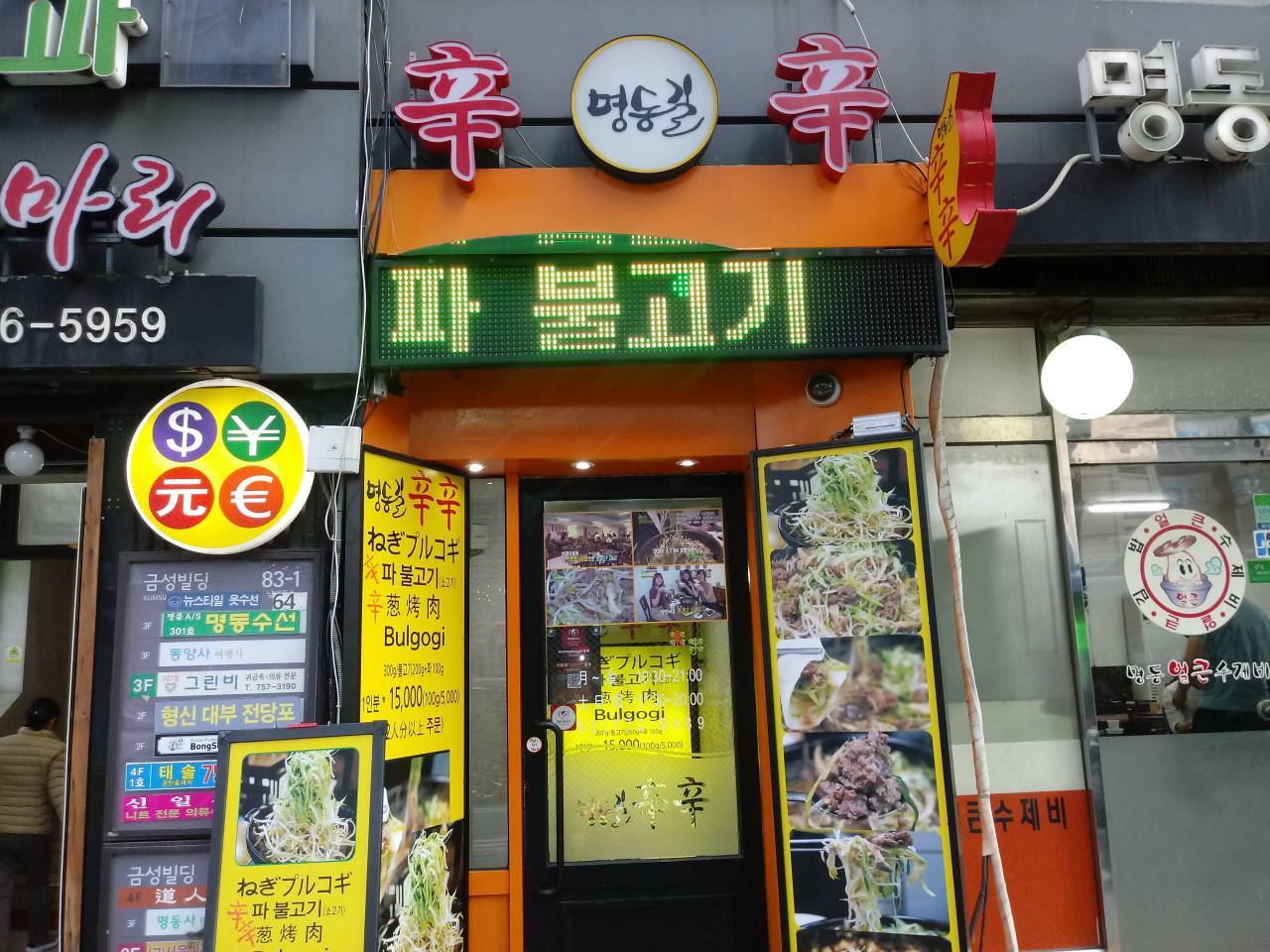
 English
English
 한국어
한국어 日本語
日本語 中文(简体)
中文(简体) Deutsch
Deutsch Français
Français Español
Español Русский
Русский